Chinese calligraphy: history and styles
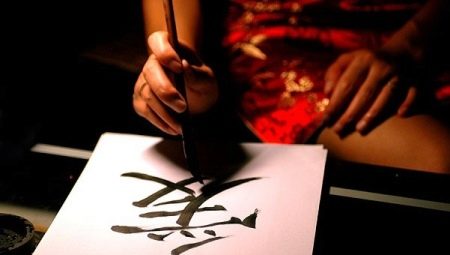
Chinese calligraphy has a rich history, which will not hurt those who want to master this art form. In addition, you need to study the basics of culture, philosophy of the Middle Kingdom, and also understand the Chinese language. This will help you feel the energy of calligraphy, which, in terms of psychological and physical effects on a person, is equated with qigong.
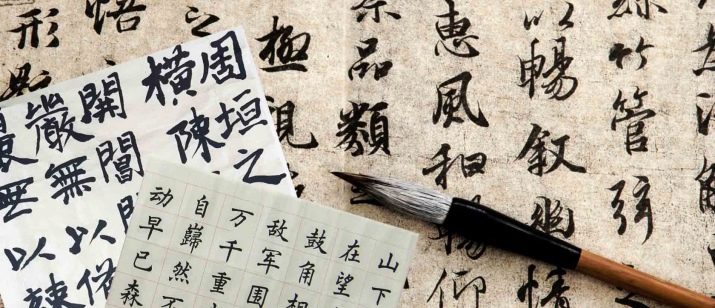
The emergence of calligraphic art
Chinese calligraphy is an ancient art. It has more than a dozen centuries. Some styles appeared before our era and have not changed much over time. For example, the so-called hieroglyphs of the seal - zhuanshu - originated in the 8th century BC. NS.
In those days, mastering the art of calligraphy was a must for every educated person, and even the emperor himself regularly practiced drawing hieroglyphs.
Different styles of writing appeared, more or less simple, geometric or flowing, but the attitude to calligraphy remained the same. As then, and in our time, it is not just the ability to write beautifully, it is a way to express your unique, inner world, relax and forget about the daily hustle and bustle.
It is important to get in the right mindset before starting classes. All the muscles of the body need to be relaxed as much as possible, to concentrate, to throw all thoughts and worries out of the head.
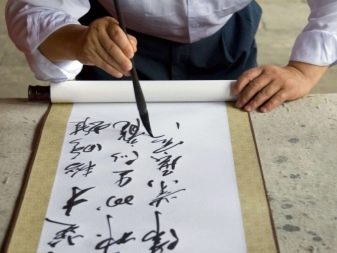
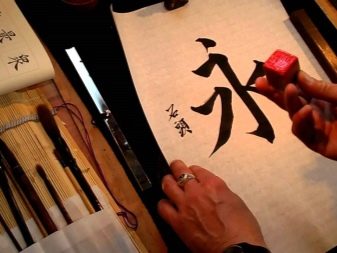
If the body is relaxed, it will not only not get tired and not go numb, on the contrary, it will receive a charge of fresh strength and vivacity. And it's easier to focus on the technique itself if you know what exactly is being reproduced on paper. It is necessary not only to mechanically display certain symbols, but to remember that each of them has its own meaning, and to understand what exactly the hieroglyph means.
This attitude to calligraphy was developed by the very history of the development of this art. The ancient masters considered it akin to qigong in terms of its effect on the psycho-emotional state of a person. Perhaps this is partly why calligraphy was an art for educated (and therefore wealthier) people - not only because of the availability of funds to buy all the necessary materials, but also because ordinary people did not have time to concentrate and thoughtful drawing hieroglyphs.
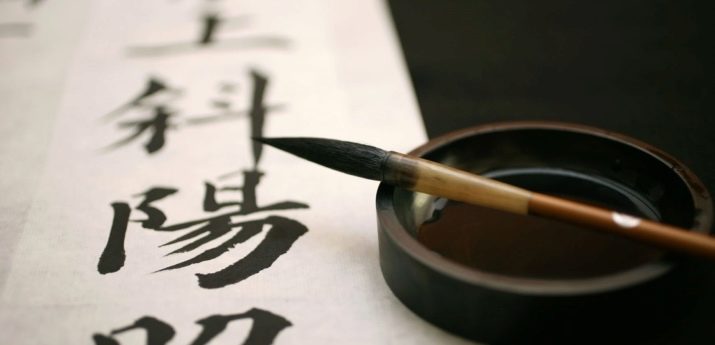
Style variety
Before starting to practice calligraphy, you need to get at least basic knowledge of the language and learn to understand it.
The writing system of China is verbal and syllabic, that is, each individual hieroglyph conveys either the whole word or its grammatically significant part. There were hieroglyphs from the drawings, which were simplified as much as possible for the convenience and speed of writing. In the Chinese language, there are about 5 thousand characters, and they must be studied before taking up a brush.
All this set of hieroglyphs can be divided into several categories.
- Pictograms... These are the images that became the basis of writing, its original variety.
- Ideograms. They depict individual elements of the real world, ideas. Are closely related to pictograms.
- Phonoideograms. They include two components - one indicates the meaning, the other - the sound of the word.
- Borrowed hieroglyphs. These symbols have their own meaning, but are used to spell other words.
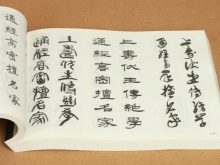
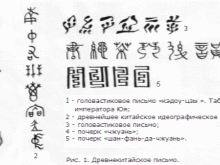
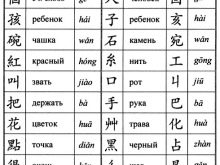
It is not necessary to memorize all the characters in groups, the main thing is to study the meaning of the Chinese writing, learn to understand it.
As for the styles of calligraphic writing, there are 5 of them - zhuanshu, lishu, xinshu, tsaoshu, kaishu and edomoji.
One of the most ancient is considered zhuanshu style. The first works carried out in this stylistic direction date back to the 8th-3rd centuries. BC NS. It was the official letter of the Qin kingdom and is now the most frequently used style. However, despite its prevalence, the use of Zhuanshu is limited to calligraphy only, as even the native Chinese cannot read the text written in this letter.
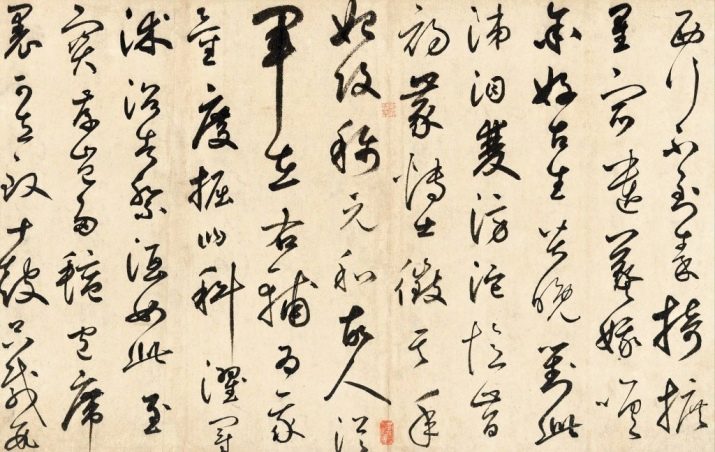
The next style, "daughter" zhuanshu, is deprived. It appeared in the 2nd century BC. NS. Its distinctive feature is horizontal and diagonal lines widening downward. This "tail" in Chinese is called "silkworm head" and "goose tail". Late leash is now used for writing.
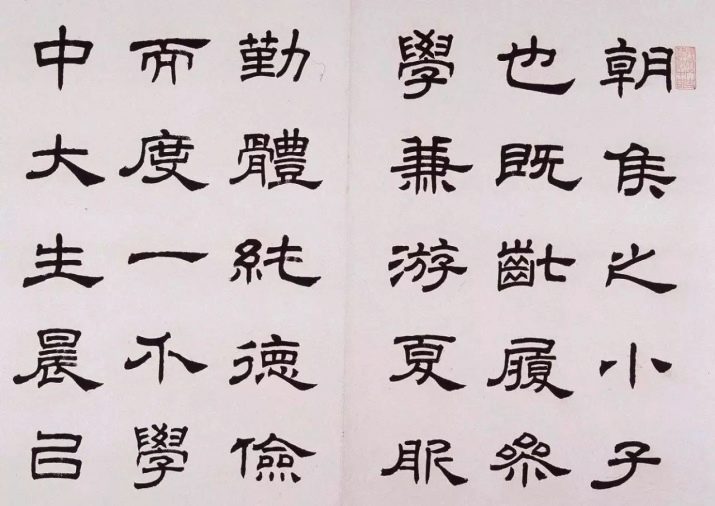
Sinshu, called the "running" style, it differs in that when writing hieroglyphs, the brush practically does not come off the paper.
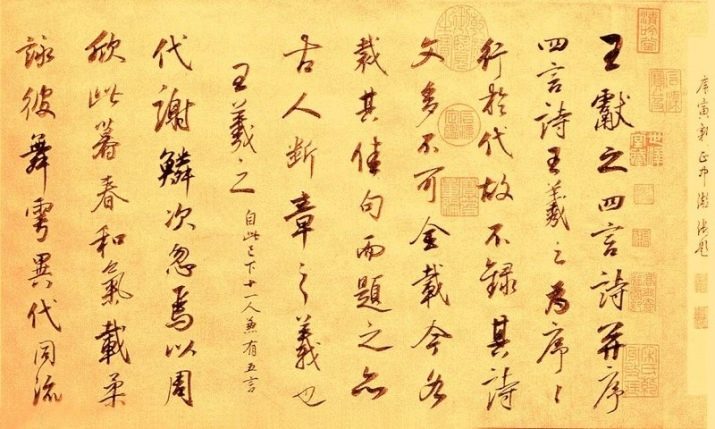
Caoshu - almost the same italics are also inseparable, like sinshu. Caoshu inscriptions can be read if you have special skills.
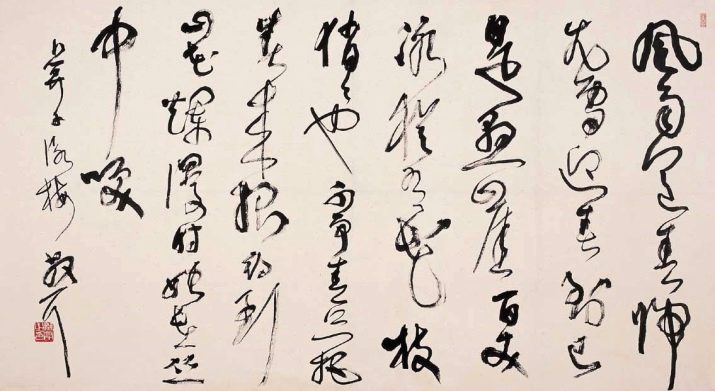
The most popular today is the kaishu style. It originates from the Lishu style and is considered the most recent style of writing hieroglyphs. In kaishu, the traits that form the symbol are separated from each other.

Edomoji style, in general, has nothing to do with Chinese calligraphy. This style came from Japan and is used in advertising signs, posters and the like.
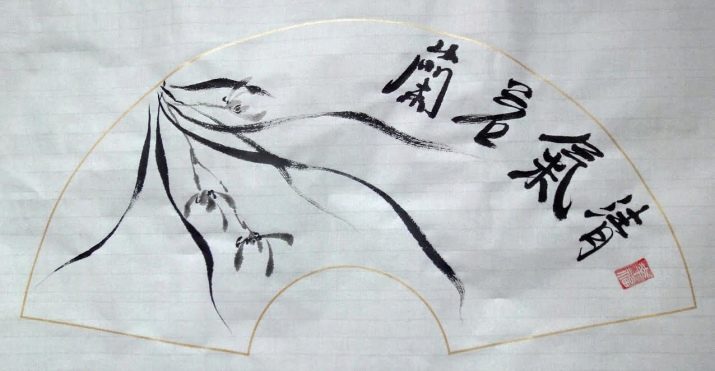
Of all these styles, it is difficult to choose the easiest one that would suit a beginner. Each has its own characteristics, subtleties that will be difficult to master so immediately. But those styles in which lines are drawn separately will be somewhat easier for a beginner to learn. Firm writing is more difficult, it will be more difficult for an inexperienced calligrapher to learn it without basic skills.
Knowledge of the Chinese language is one of the very basic skills, without which it will be difficult to master the art of calligraphy, no matter what style we are talking about. It is not necessary to know the language perfectly, the main thing is to understand it.
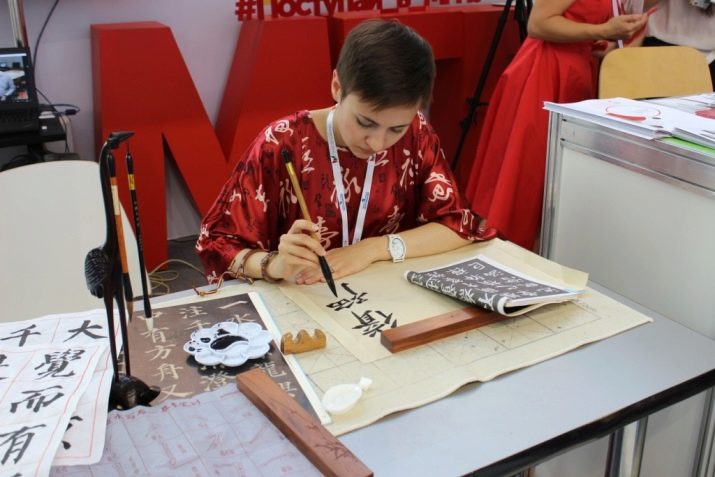
Instruments
To practice calligraphy you will need:
- paper;
- brush;
- ink;
- ink pot.
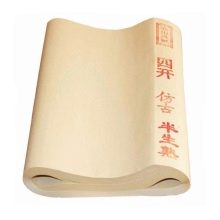
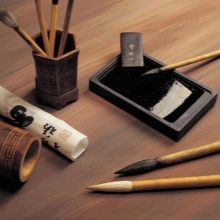
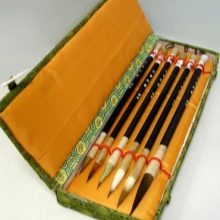
In ancient China, these items were called the four treasures of the scientist, they were treated with appropriate respect and were chosen very carefully.
So, special paper was taken, in the manufacture of which crushed tree bark and rice straw were used. Even earlier, before the invention of paper, people in China wrote on white silk. The cost of these (in particular) materials for writing made calligraphy an art for educated, and therefore wealthy people.
For the manufacture of brushes, goat or hare hair was taken, which absorbs water well and retains ink. The shape of the brush also matters - it should be rounded at the sides and pointed towards the tip. The sharp tip allows you to draw neat, clear lines, provides the necessary elasticity of the letter. For the handle, materials such as bamboo, ivory, jade, crystal, porcelain, sandalwood, bull's horn, even gold and silver were used.
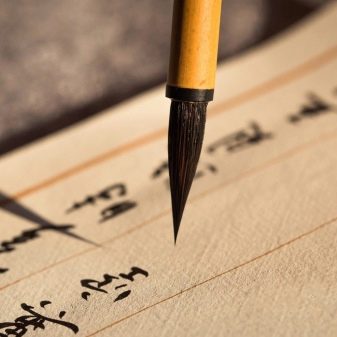
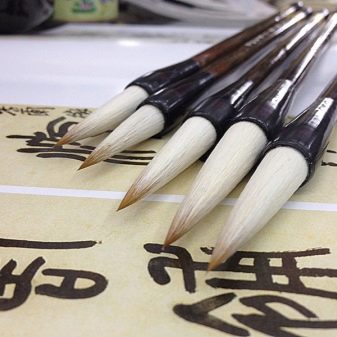
The ink should be uniform, without lumps or large particles that could stain the paper. The ink was made from pine soot, lard, vegetable oils and aromas. The latter provided the mascara with shine and prevented from tarnishing. All of these ingredients were mixed, dried and formed into briquettes.
Before using the ink, they were ground in an ink pot, which also had its own requirements. Its walls had to be non-smooth (so that the substance could be easily rubbed) and not too rough, otherwise the particles would have turned out to be larger than necessary. Only a fine-grained surface allowed the ink to be rubbed as needed.
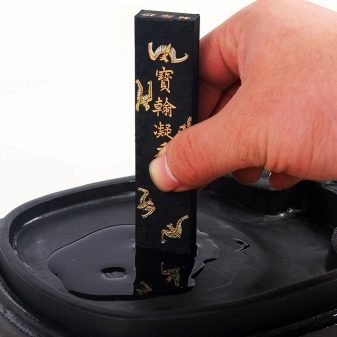
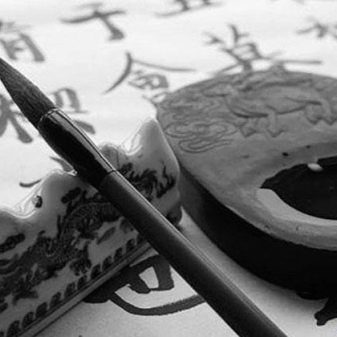
Now there is a wide selection of materials for any creativity, including calligraphy. However, the understanding of which ink, brush or paper works best can only be gained in the process, experimenting with materials from different manufacturers.
Learn Chinese calligraphy in the next video.







